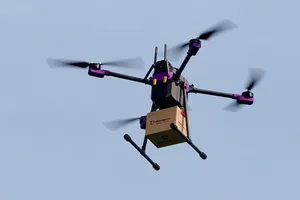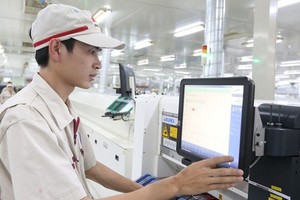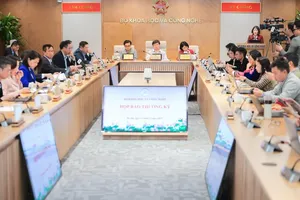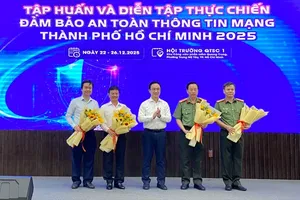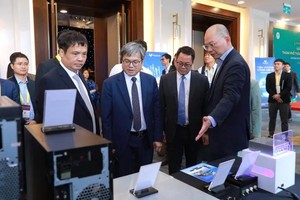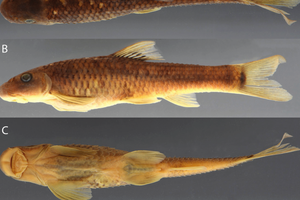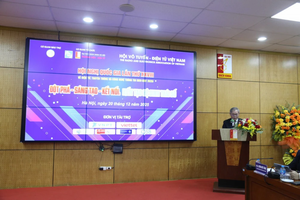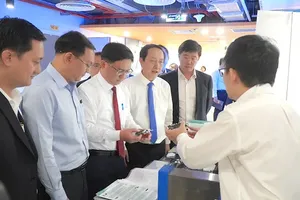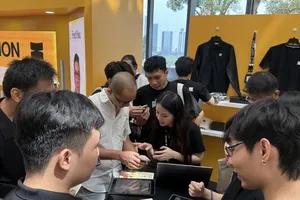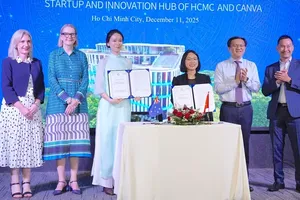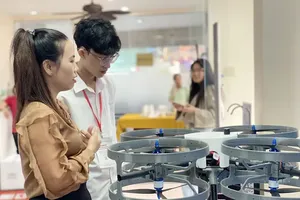
A survey done by SAPO – a multi-channel sales and management platform – on 15,000 sellers nationwide in 2023 reveals that nearly 44 percent accept payment via bank transfer, and 15.3 percent have a valid VietQR code for customers to scan and pay their bill.
On their side, banks are offering various supporting programs to sellers like creating a QR code for quick money transfer, gifting a QR-code display board at each store. These banks also cooperate with their software development partners to introduce useful functions of creating a dynamic QR code according to the bill value, opening an account for quick money transfer right on an Electronic Know Your Customer (eKYC) app, and launching programs to stimulus cashless spending.
QR codes have become gradually popular in the community. According to the National Payment Corporation of Vietnam (Napas), in the third quarter of 2023, the quantity of payment via VietQR codes doubled to reach more than 100 million transactions per month. On the Payoo system, payment via a QR code in that quarter also experienced an increase of 6 percent in number and 30 percent in value compared to the previous quarter.
QR-code payment has already entered the field of utilities bill payment (electricity, water, TV and internet services, school and hospital fee), with the number of transactions rising by 2.6 times as opposed to the second quarter of 2023.
“One major factor behind this impressive growth of payment via QR codes is cashless payment promotion policies by the State. In addition, this payment type is not only welcomed by the young but also user-friendly to the senior”, said Napas.
More importantly, the service fee for QR-code payment is more competitive than other types such as bank card swiping or money transfer, making it more preferable to sellers, especially small retailers.
Another common type of cashless payment is via an e-wallet like GrabPay in Singapore, GoPay in Indonesia, GCash in the Philippines, and MoMo in Vietnam.
This payment type is user-friendly, time-effective, easy to track, and highly secured, while users can enjoy frequent promotional campaigns held by the e-wallet operator and its partners.
Vietnam has quickly adapted to digital payment, and the use of cash has gradually reduced in transactions. In 2023, the proportions of people choosing online payment via a bank card and an e-wallet were 66 percent and 70 percent respectively.
This means a lucrative opportunity for providers of online payment services. They are now trying to increase the security of this payment method by applying advanced technologies like biometric authentication (fingerprint or palm scanning, face recognition, heartbeat analysis).
Cutting edge technologies are also expected to boost the choice of QR-code payment for convenient and error-free transactions. Activating the payment process via voice is predicted to see a rise as well when AI technologies are better implemented on smartphones.
Vietnam is wholeheartedly trying to approach state-of-the-art technologies in cashless payment in order to boost the development of its digital economy and answer the demands of the community for socio-economic growth in general.
